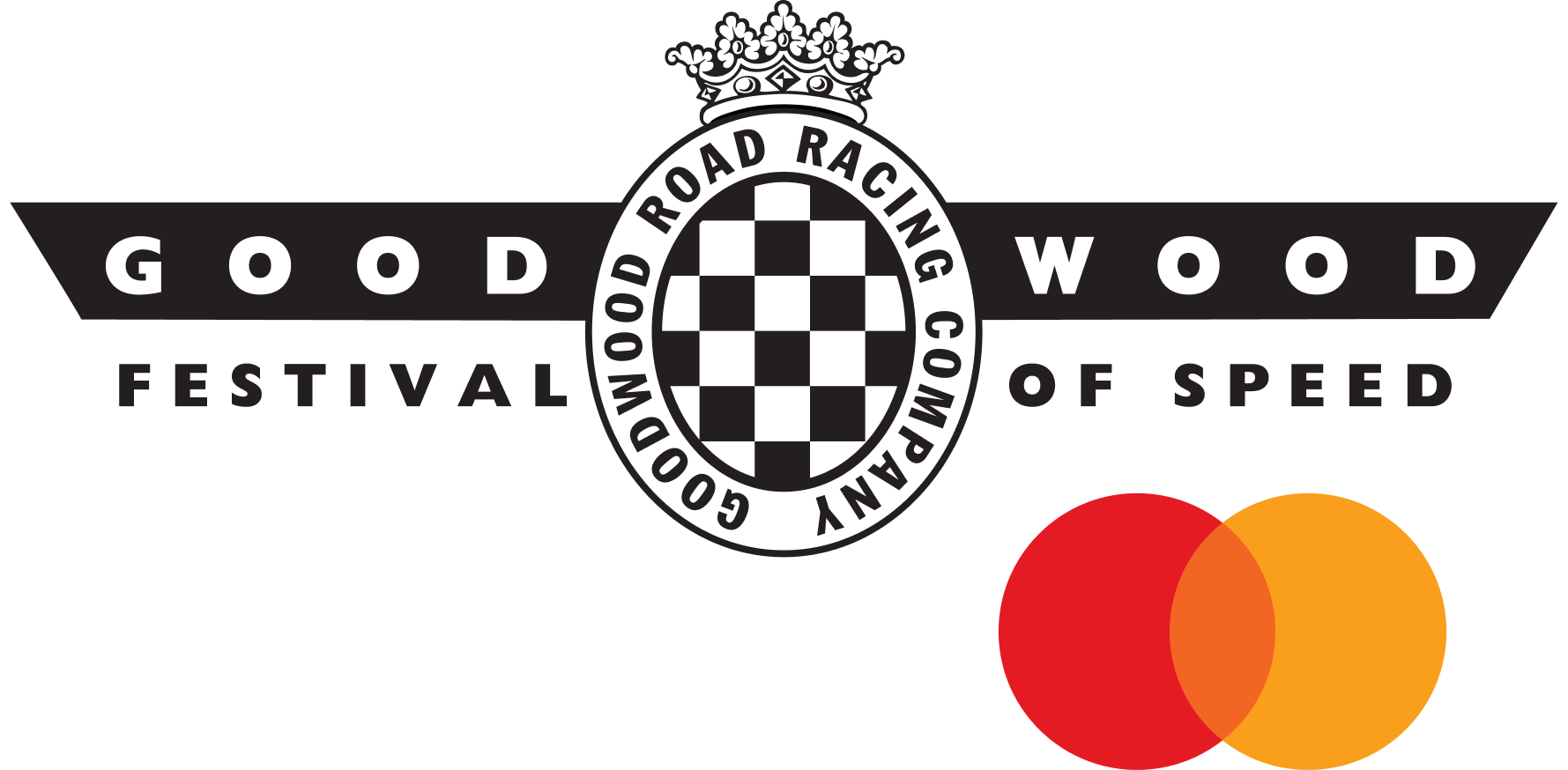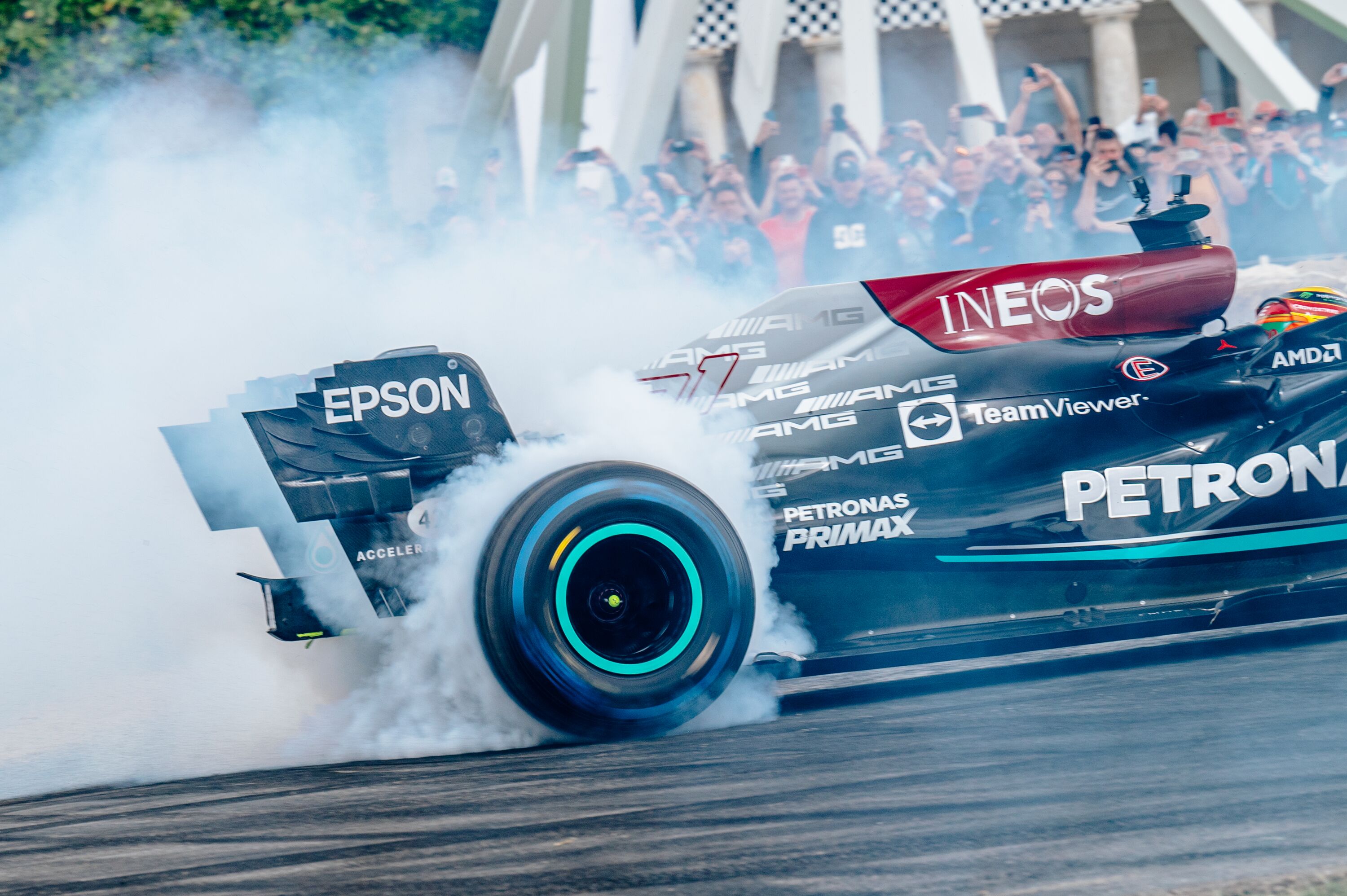
Any shortlist of the greatest and/or fastest racing driver should include Tazio Giorgio Nuvolari. Many indeed would place the man from Mantua in Lombardy atop theirs.
And this is the context in which Achille Varzi must be judged. For it’s impossible to imagine the one without the other. Their long and intense rivalry divided Italy into Nuvolariani and Varziani, passionate fans who would argue unswervingly and till blue in the face the relative merits and demerits of their hero.
It was a black-and-white issue – read all over in breathless, partisan and oft-sensational newspaper reports – that brought the sport to the fore. Jockey-sized Nuvolari urged his cars as though they were horses. A showman, his career was bejewelled by impossible wins – and littered by broken machinery and oft-interrupted by broken bones.
Varzi was unemotional, restrained and stylish. The dressage to his rival’s Grand National, his mistakes were few, his crashes notable by their rarity – and ferocity. They were united, however, by a deep competitive spirit – and, whisper it, a similarly deep bond.

“[Ours] is a myth,” said Varzi,” surrounded by all kinds of fantastic stories, which contain very little good taste and not much sense of occasion. So many incredible stories have been printed about the so-called personal rivalry between me and Tazi. Nothing could be more untrue, more absurd, more spiteful. Something exists between us, which might seem almost paradoxical but which can be called blithely friendship, mutual respect.” Both had honed their balance and racing smarts on motorbikes – as did contemporary rivals Luigi Arcangeli and Luigi Fagioli – though rarely at the same time, same place.
Nuvolari, for instance, advised that its Mountain Course was too long for an outsider to learn, never contested an Isle of Man TT. Whereas Varzi tackled seven such races from 1924, with a best of fifth place in the 1927 Lightweight on a 250cc Moto Guzzi. Their careers on four wheels, in contrast, were inextricably linked from the moment they co-created a team in 1927.
Nuvolari, the elder by 12 years – 34 to Varzi’s 22 – was the senior partner, and it was his name above the door. He bought four Bugattis, kept two and sold the others to Varzi and Cesare Pastore. The enterprise was not a success – cars were cannibalised to patch up others – and Varzi, son of a wealthy textile merchant, bought an Alfa Romeo in frustration. These two bulls could not be kept in the same field.

When Varzi joined Maserati in 1930 – and became Italian champion for the first time – Nuvolari was making Alfa Romeo his own. So Varzi signed for Bugatti – an Italian in a French car when nationalism was on the rise – in 1931.
Nuvolari denied access to Alfa Romeo’s dominant Monoposto GP car because of financial constraints, switched to Maserati on a freelance basis partway through 1933 – and also drove for Bugatti as an independent in ’34. By which point Varzi was with Scuderia Ferrari and winning regularly – in the Monopostos (Monoposti?) Alfa had felt obliged to release from storage because of Nuvolari’s defection – on his way to becoming Italian champion for a second time. Then came a bottleneck.
Germany’s Silver Arrows had reset the bar and Fagioli – nicknamed the ‘Abruzzi Robber’ for no reason that this writer can fathom – had beaten Nuvolari and Varzi to the bar at Mercedes-Benz. So they each tested the rival Auto Union during 1934 and speculation over the seat was rife…

One story is that incumbent Hans Stuck blocked Nuvolari’s path. Another is that Varzi did the dirty deed. Yet another is that Il Duce Mussolini insisted that his country’s greatest driver – even Varzi called Nuvolari ‘Maestro’, albeit out of his earshot – should drive an Italian car. So Nuvolari returned to Alfa Romeo and Varzi landed the Auto Union gig. The latter adapted swiftly to the radical machine, with its 5-litre V16 sited behind the driver, and won on his debut with the team: at Carthage’s Tunis GP.
He also won Pescara’s Coppa Acerbo in August. But he became badly unravelled in 1936: a theatrical reaction to team orders – even though they were in his favour – an affair with another driver’s wife, an addiction to morphine and a huge accident that he miraculously walked away from. All so out of character.
This most orderly of men, who fussed over every aspect of his cars, now led his employers a merry dance, either performing erratically or absenting himself entirely. Such was his talent, however, he was awarded second and third chances before being sacked. Having missed the bulk of 1937, he returned, insisting that he was reformed.
But he arrived at September’s Masaryk GP in Czechoslovakia with bandaged fingers and no explanation, drove slowly and asked to be excused. He had a train to catch, apparently. Barring an outing for Maserati at his beloved Mellaha circuit, near Tripoli – he had won at this superfast, sand-strewn track three times in four years – he was lost to the sport. Nuvolari felt this loss keenly.

Varzi was the ice to his fire, the man he most wanted – needed – to beat. It was Varzi, so the story goes, that he caught unawares during the 1930 Mille Miglia – and felt compelled to overtake even though he was ahead comfortably on time – by driving at dusk without headlights. (It’s likely not true – but that’s not the point.)
It was Varzi whom he beat in the caking mud of the 1931 Targa Florio in Sicily’s bandit country. And it was Varzi with whom he diced for more than 90 laps of the 1933 Monaco GP. (Varzi won that one for Bugatti; Nuvolari’s Alfa Romeo blew up on the last lap.) Drama was guaranteed when these best of enemies took to the track.
Their duel was reconstituted after WWII – but it wasn’t the same. Varzi – new wife, new life, at 43 – was enjoying a second wind. Unfortunately, ill health had left Nuvolari increasingly breathless.

When they paused before embracing at the 1948 Circuit of Mantova – held in memory of Nuvolari’s sons Giorgio and Alberto, both of whom had succumbed to illness during their teenage years – they knew it was, to all intents and purposes, over. For Nuvolari at least; Varzi was still considered good enough to warrant a seat in the world’s best GP car, Alfa Romeo’s 158.
Three weeks later, however, during practice for the Swiss GP at Bremgarten, he lost control in the rain – conditions in which he usually excelled – and experienced his second crash. There was no miraculous escape this time. Nuvolari raced on sporadically until April 1950 and died in 1953. He was only 60 but had outlived many of his rivals. He missed them all, he said, but he missed Varzi the most.
Enzo Ferrari said of Varzi: “Intelligent, grim when necessary, ferocious in exploiting the first weakness, mistake or mishap of his adversaries… pitiless.” And Juan Manuel Fangio, whom Varzi had befriended during post-war trips to Argentina, said: “To me, [he] was a God. He spoke with great simplicity and gave me priceless advice. A man who cared only for his art.”
Photographs courtesy of LAT
Achille Varzi
Varzi Trophy
nuvolari
75MM
2017
Grand Prix
Pre-War
Single Seater
Members Meeting
































































